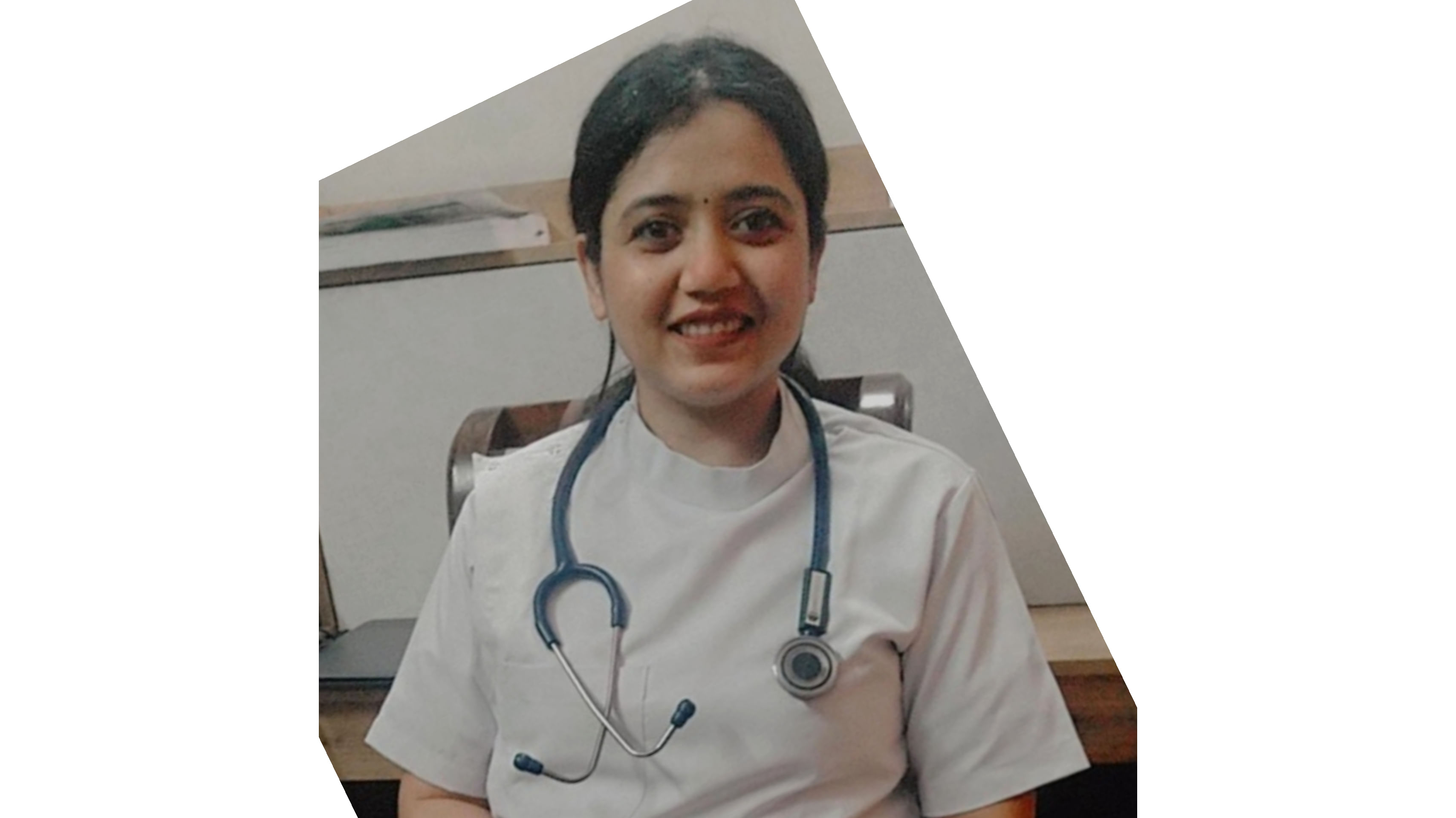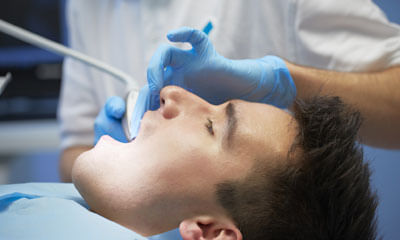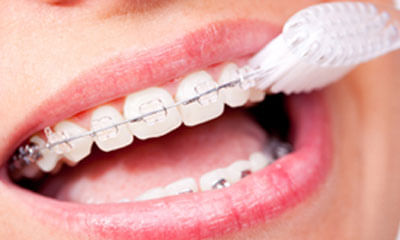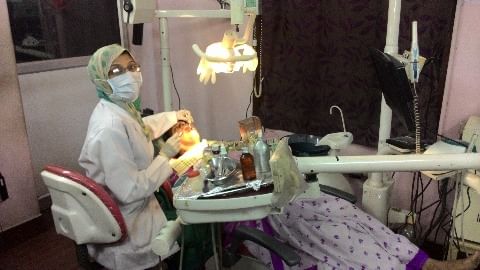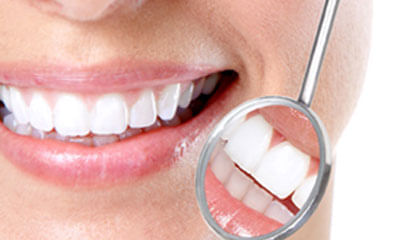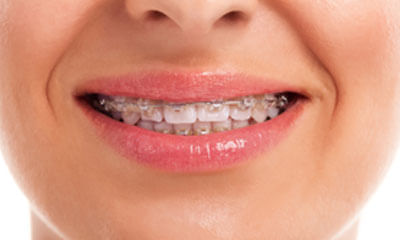Get the App
For Doctors
Login/Sign-up
About
Health Feed
Find Doctors
Health Packages
AllQ&AsTipsQuizzes
Veneers Questions
Asked for male, 22 years old from Kochi
Share
Bookmark
Report
Hello
Army guidelines doesn't specifically mention any of the dental issues for rejection.
But with the patient coming in before their medical, ssb , from that experience i am answering this.
Until and unless it does not hamper in Mastication or phonetics, its not a problem
But yes if you have cavity or any of your tooth is deeply & grossly carious, also if your mouth is not clean, bad smell, gum bleeding , heavy calculus, heavy stains, then that is the concern . For that you n...more
Army guidelines doesn't specifically mention any of the dental issues for rejection.
But with the patient coming in before their medical, ssb , from that experience i am answering this.
Until and unless it does not hamper in Mastication or phonetics, its not a problem
But yes if you have cavity or any of your tooth is deeply & grossly carious, also if your mouth is not clean, bad smell, gum bleeding , heavy calculus, heavy stains, then that is the concern . For that you n...more
5498 people found this helpful
Asked for female, 17 years old from Uttarkashi
Share
Bookmark
Report
Asked for male, 22 years old from Anantnag
Share
Bookmark
Report
Asked for female, 34 years old from Delhi
Share
Bookmark
Report
Rampant caries progresses at a faster rate in children and it involves multiple teeth. It’s also called nursing bottle caries as the decay spreads due to feeding milk during the night & putting the baby or children to sleep without brushing. Hence early diagnosis and initiation of preventive and restorative therapies are imperative in its management. Rampant caries can affect the early permanent dentition if the child has improper dietary habits and poor oral hygiene maintenance.
Dental tips...more
Dental tips...more
120 people found this helpful
Asked for female, 18 years old from Kolkata
Share
Bookmark
Report
Hello. Good afternoon. Thank you for approaching us. I saw your question. I will help you solve the doubts. Certain crooked teeth has to be extracted and certain can be aligned. It depends on the teeth position. I advice you to send me a clinical picture privately. Because in public the picture you send will be invisible. That is cannot open the picture. So that I can suggest you what treatment has to be done further. Thank you.
Asked for female, 18 years old from Kolkata
Share
Bookmark
Report
Hello. Good afternoon. I saw your question. I will say you a solution to this. Crooked teeth has to be either extracted or aligned in correct place and position. Certain crooked teeth has to be only extracted. Certain can be aligned. I advice you to follow up with a clinical oral cavity picture privately. Because the patient details like xrays and pictures won't be displayed in public. It will be seen only in private. For your sake. Thank you.
Asked for male, 44 years old from Delhi
Share
Bookmark
Report
Hello. Welcome to Lybrate. If you feel like the color doesn't match with adjacent teeth, you can do restoration again. Check if you have any discomfort regarding the filling done. Do you feel any sensitivity. There are possibilities for this. So verify it. If you have further doubts. You can ask me. Thank you.
611 people found this helpful
Asked for male, 44 years old from Jamshedpur
Share
Bookmark
Report
Health Query
Share
Bookmark
Report
Dentist•Kanchipuram
Asked for female, 23 years old from Chennai
Share
Bookmark
Report
Hello
even after a lengthy braces treatment, your teeth can still move and when this happens it is called as an orthodontic relapse. It occurs when teeth move again after a straightening treatment has been completed or if there is discontinuation of treatment or if there is insufficient treatment. It is quite common for this to occur. The only way to treat an orthodontic relapse is with a teeth straightening method. There are a number of options that can help to re-correct your smile includi...more
even after a lengthy braces treatment, your teeth can still move and when this happens it is called as an orthodontic relapse. It occurs when teeth move again after a straightening treatment has been completed or if there is discontinuation of treatment or if there is insufficient treatment. It is quite common for this to occur. The only way to treat an orthodontic relapse is with a teeth straightening method. There are a number of options that can help to re-correct your smile includi...more
Book appointment with top doctors for Veneers treatment
View fees, clinic timings and reviews
Ask a free question
Get FREE multiple opinions from Doctors
posted anonymously

